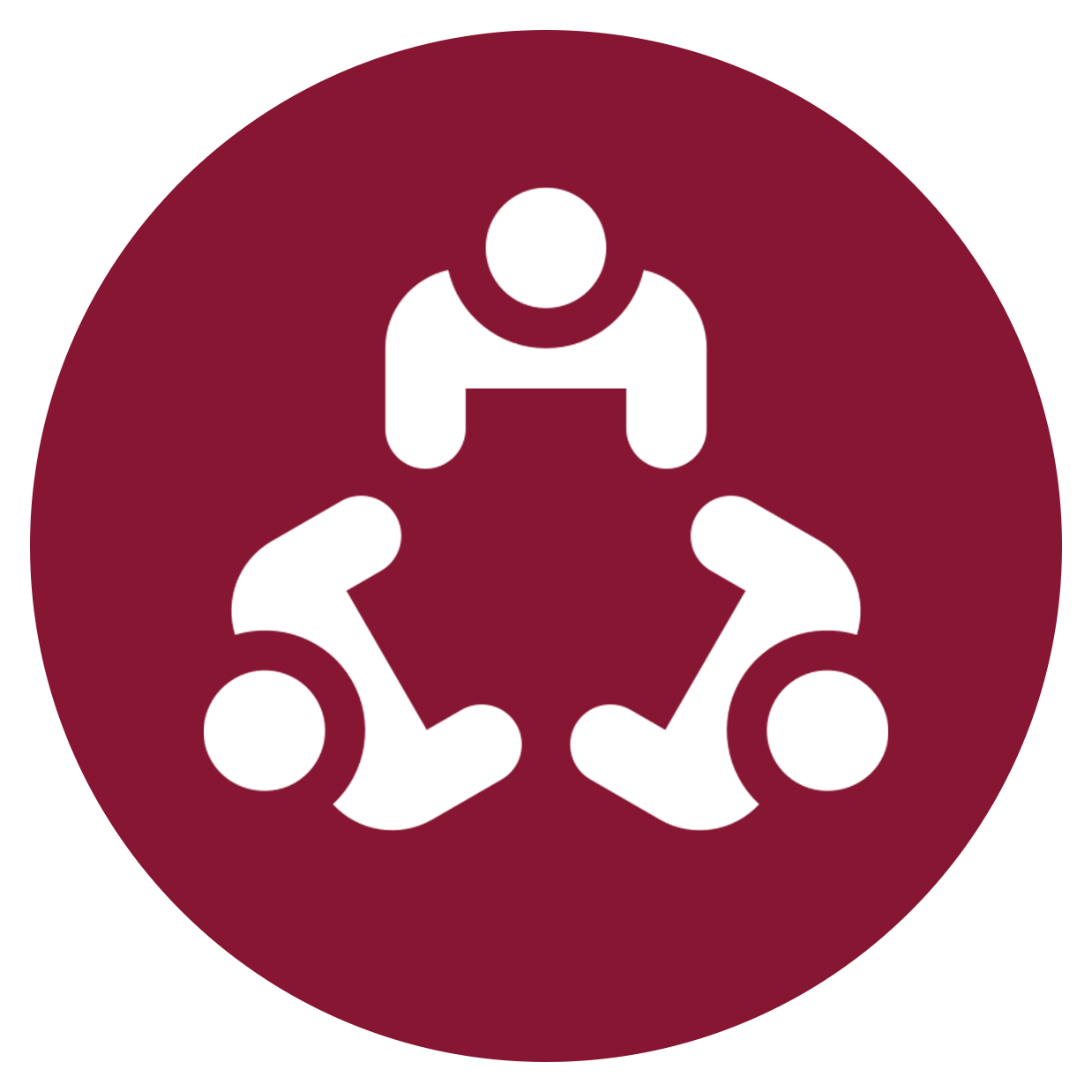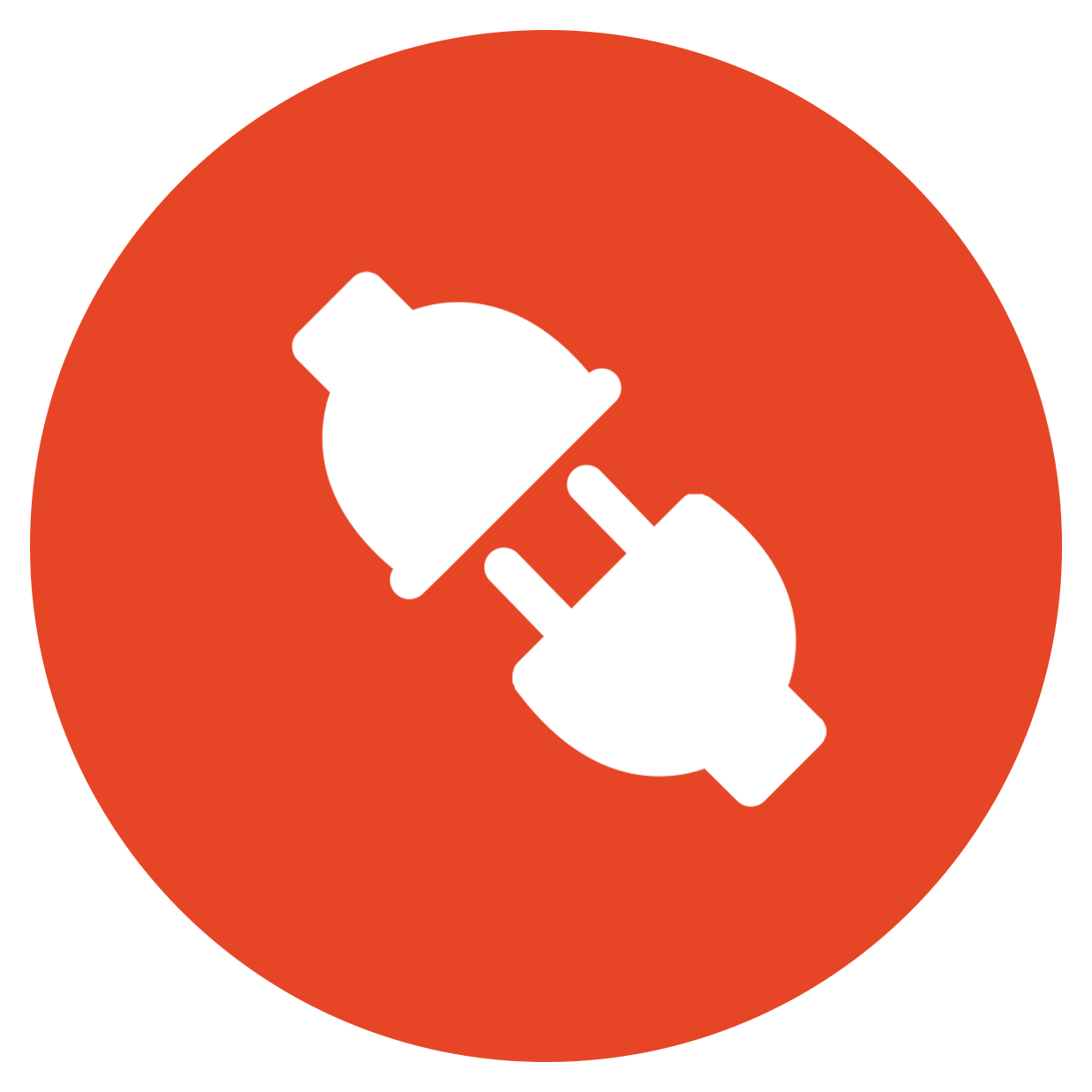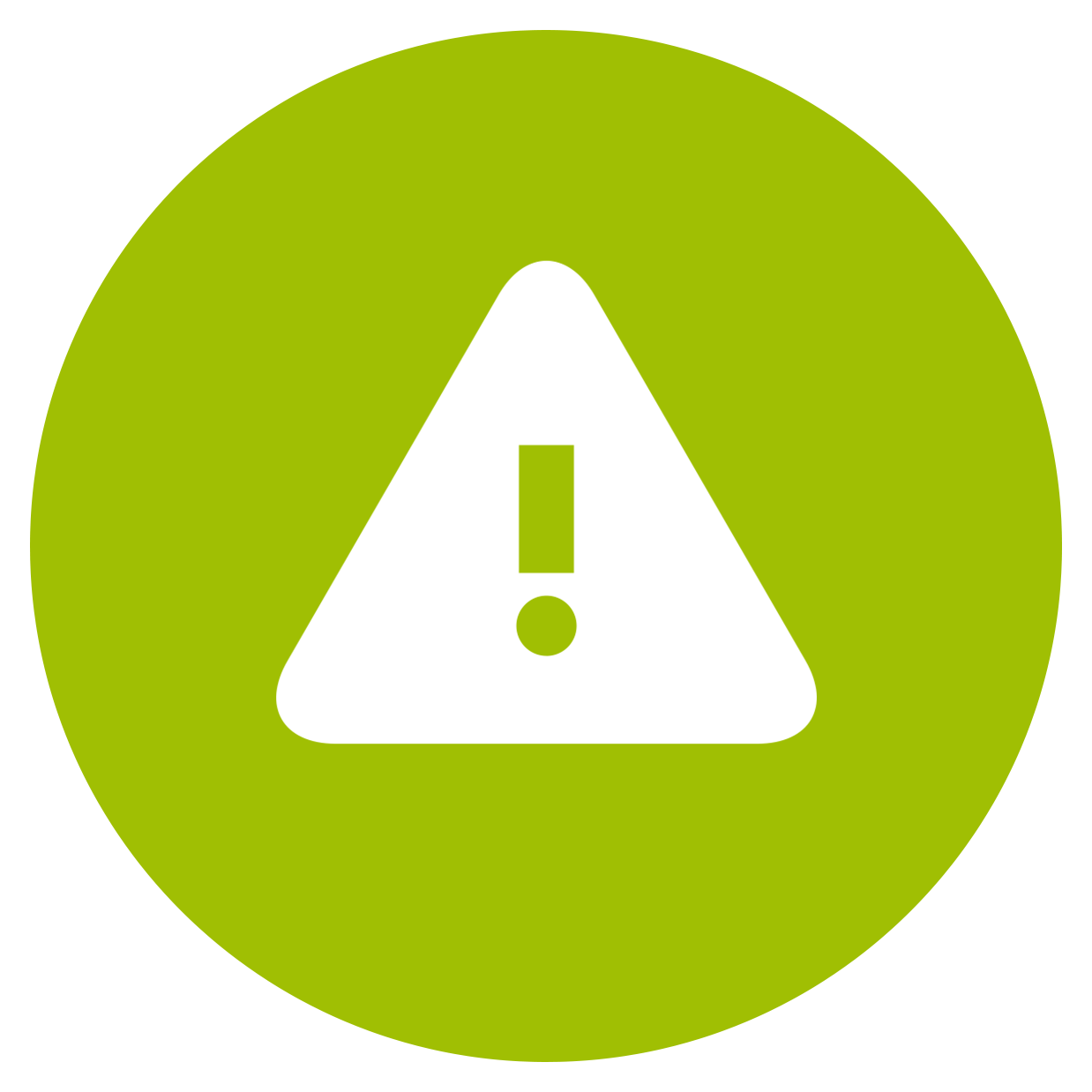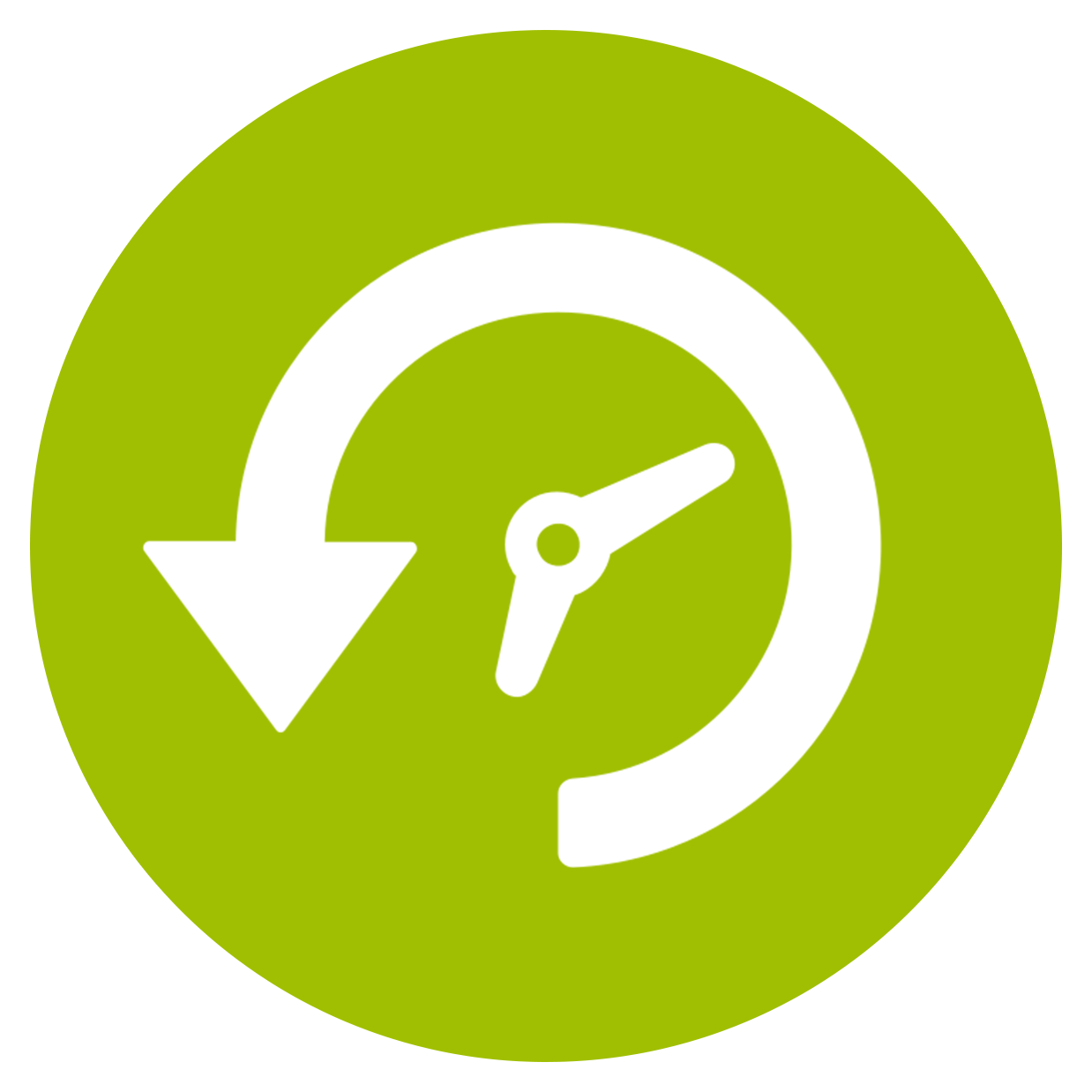CSAT Question Examples: Get the most out of your customer satisfaction survey
Written by Support EXP


Asking the right questions in a customer satisfaction survey is crucial to understanding how your customers feel about you after an experience, as well as why they feel that way.
In this article, we’re helping you understand the basics of the customer satisfaction score (CSAT), question structure, and the best CSAT questions for an effective customer satisfaction survey.
Key Takeaways:
- Getting actionable intel from CSAT scores requires survey questions that reveal WHY customers are happy or dissatisfied with an experience.
- Different types of satisfaction questions require different levels of customer effort to answer: Binary, Likert and Ordinal, Multiple Choice or Open-Ended.
- The most effective customer satisfaction surveys leverage open-ended questions, consistent with business goals, to provide additional in-depth feedback.
Why Do Customer Satisfaction Surveys Matter?
First, why should you put effort into a customer satisfaction survey? It’s true that a good CSAT survey takes time and resources to create. Yet the advantages are well worth it in gauging customer satisfaction, creating appropriately targeted updates, and saving money.
First, you’ll be able to gauge general customer satisfaction with your company. You can make changes and improvements to your services without customer satisfaction surveys, but you’ll never really know what worked.
Maybe you haven’t made changes yet, but you’re trying to decide where to focus your resources and time. Should you work on improving your product? Training employees better? Expanding social media presence? Customer satisfaction surveys can show where customers struggle the most, helping you decide where to target your efforts.
A quality customer satisfaction survey can save you money in the long run, keeping you from spending valuable resources on unnecessary changes and directing your time to where it matters.
That being said, designing customer survey questions can be challenging. To get the results you want, you need to identify your goals with the survey and choose questions accordingly.
While the most basic CSAT question asks how satisfied a customer was with the service received, you should go beyond generalities and ask targeted questions.
Our tips below will help you understand the mechanics of CSAT questions and what to look for and avoid in your questions. We’ll discuss the types of customer satisfaction surveys, what to ask, and how to design the best survey based on your business’s feedback needs.
Types of Survey Questions
Satisfaction survey questions come in a wide variety of options. Usually, we categorize survey questions by their level of “friction.”
Low friction questions don’t require much from the customer—a simple rating score, a yes or no answer. By contrast, higher friction questions require effort to answer but often provide more valuable and detailed insight into the customer’s experience.
Here’s a short list of customer survey question types, in order from least to most friction.
Binary
A binary survey question has a simple “yes” or “no” answer. This question is among the most frictionless options, giving customers an easy choice.
Likert and Ordinal
The Likert scale and ordinal ratings use a numeric scale to gauge customer response.
With the Likert scale, customers choose a number, with a lower score indicating one extreme (extremely unlikely to recommend, for instance) and a 5 or 7 indicating another extreme (such as extremely likely to recommend).
An ordinal rating uses a simple 1—5 scale. Customers choose a number to indicate their satisfaction with your products or services.
Multiple Choice or Open-Ended
These questions ask customers to dig a bit deeper into their experience. Multiple choice questions give customers various options, asking them to choose the one (or several) that most applies to them.
Open-ended questions give customers a blank text box to share their thoughts about a product or service experience. This survey question gives you the most profound insight—if customers are willing to answer it.
How can you get the most comprehensive feedback possible while maintaining customer interest in the survey?
To strike a balance, you’ll want to order your survey questions carefully and offer a mix between easy and frictionless and more challenging but more profound.
Below, we’ve broken our suggested questions down by where they should be placed in your customer satisfaction surveys. These examples are designed to help get you thinking as you create your own questions.
Initial Questions to Ask
You want to start your customer satisfaction surveys with the most frictionless questions. Customers are more likely to answer these, and once they feel invested in the survey, you can give them more challenging questions.
Here are some initial customer satisfaction survey question examples, along with the type of survey question each falls under.
Question 1: On a Scale of 1—5, How Satisfied Are You With Your Experience Today?
Use a simple ordinal response for this question. This is an excellent broad question to start your survey. It gives you a feel for the customer’s general feelings about their experience without creating friction and hampering answers to future questions.
Question 2: How Likely Are You to Return to Our Website?
You can use a Likert scale or ordinal rating for this question. This question is handy if you’re testing website usability and general design attractiveness.
You can include a more specific follow-up question to understand what aspects of your website are working and which aren’t.
Question 3: Did We Answer Your Inquiry Promptly?
Give customers a binary option. Ask this question when you’re following up on an interaction between the customer and an employee—via the help desk, on social media, or through another channel.
Question 4: If You Experienced a Problem, Was It Resolved to Your Satisfaction?
Again, this one should be binary. If you ask this question, make sure you have a follow-up that asks for more details. This is especially true if the customer answers no.
Question 5: How Easy Is It to Use [Product or Service]?
The response for this one can be Likert or ordinal. Use this question if you’re trying to discover ways to set your product or service apart.
Question 6: Did [Product or Service] Meet Your Expectations?
Use a binary response for this question. For the best feedback, combine this with a question about comparisons with competitor brands.
For example, why did the customer choose you, and do they feel that you validated their reasoning?
Question 7: How Likely Are You to Buy Again From Us?
For this question, use an ordinal rating. This question goes beyond satisfaction to ask if the customer was so satisfied with their experience that they plan to return to make another purchase from you.
Question 8: What Service Was Most Beneficial for You Today?
Give a couple of options here. You want to see which service or product is most popular with customers.
Question 9: Did [Product/Service] Help You Achieve Your Goal?
Tailor this question to common customer goals with your product.
For example, if you’re a credit union, you could ask whether your quick lending program helped customers get a favorable loan. Give yes or no options but be sure to follow up with an open-ended question to let them elaborate on their answer.
Question 10: How Helpful Was [Customer Service Agent] in Helping You Solve Your Problem?
If you’re surveying someone after a customer service experience, check to see how their experience went. Give customers an ordinal rating option but follow up with an open-ended question for more detailed feedback.
Summary on Initial Questions
Use these examples of customer satisfaction survey questions to start the conversation, but don’t leave it there.
Once customers are invested, you can follow up with more in-depth questions. When appropriately crafted, these questions will give you more profound feedback on general customer attitudes, telling you why the customer was or was not satisfied and which elements you should focus on improving.
Follow-up Questions to Ask
For the most effective customer satisfaction surveys, tailor more open-ended question options to give you additional feedback on general trends.
Did you ask about website experience? Follow up by asking customers to elaborate on their favorite and least favorite parts of your site.
Did you ask about the outcome of a customer inquiry or problem resolution? Give customers space to elaborate on their situation and how it was/was not resolved correctly.
With this in mind, use the customer satisfaction follow-up questions below as examples to get you started, not as a specific formula for survey success.
Choose the questions that fit your survey goals and tweak them to fit your feedback needs.
Question 1: What Made You Choose Us Over a Competitor?
This question can help you pinpoint differentiators that set you apart in the customer’s mind.
Question 2: How Can We Improve Our Product/Service?
This open-ended question allows customers to talk about any pet peeves or recurring issues they have. While it’s less targeted, that can be a good thing—you might have a blind spot that customers notice.
Question 3: What’s Your Favorite Thing About [Product/Service]?
What should you not change about your model, and what should you emphasize as a selling point? If customers indicated satisfaction in the first part of the survey, this question will help you understand why they’re satisfied with a particular product or service.
Question 4: How Could We Make Your Interaction With Customer Service Better?
If customers called the help desk or chatted with a representative, this customer satisfaction question will give you insight into areas for service improvement.
Question 5: Why Are You Satisfied/Not Satisfied With Your Experience?
While it’s very open-ended, this can be an excellent way to get customers talking. Use it with other, more targeted questions for the best feedback.
Question 6: How Can We Make Our Website Easier to Use?
If you’re working on your website, this is a great question to follow up with. You’ll get feedback on the website from the perspective of those using it.
Question 7: Are There Additional Features You’d Like to See in [Product/Service]?
Get customer thoughts to help you as you update your products and services.
Question 8: How Often Do You Use [Product/Service]?
Get a feel for customer loyalty and usage levels with this question.
Question 9: How Would You Feel if You Couldn’t Use [Product/Service] Anymore?
This question is a great way to gauge customer enthusiasm for your products or services. You don’t want customers to be ambivalent about losing access to your service—you want them to be so excited about your product that they can’t imagine using anything else.
Question 10: How Could [Product/Service] Help You Better Achieve [Goal]?
This question is similar to other follow-up options but more tailored around a specific goal. You should ask this question if you’re looking to target a particular subsection, and use it as a follow-up to an initial yes or no question.
Use These Questions as a Starting Point
The above customer satisfaction survey question examples aren’t a comprehensive list, but they should help you get started as you think about your feedback needs and work to improve customer satisfaction with their experiences.
Tips to Design a Quality Survey
We’ve covered CSAT questions to ask, but how can you design quality customer satisfaction surveys? Here are some tips to keep in mind:
Keep Your Survey Short
Customers don’t want to spend their time answering 15 or 20 detailed questions.
Instead, pick two or three initial survey questions and one or two more detailed follow-up questions per survey. Choose targeted questions that are relevant to your business needs.
If you want a longer survey, offer customers some incentive for completing it, such as a deal on your products or entrance into a prize drawing.
Optimize Your Survey for Phones and Other Mobile Devices
Many people routinely check email and browse the web on their phones. You don’t want to miss out on valuable feedback because these people couldn’t access your survey.
Test Your Customer Satisfaction Surveys
Play around with different structures, lengths, and questions, and see which ones testers like best.
Which CSAT surveys are people most likely to complete?
This might mean you have to sacrifice survey length or tweak some questions, but it’s better to send out a pared-down survey that people will fill out than a long one that doesn’t motivate customers to respond.
Time Your Survey Release
Make sure people will get the customer feedback survey at a time that makes sense for them—right after they contact support, for instance, or a week after they’ve received their product.
This way, you’ll be able to get relevant feedback about the experience, and you can quickly follow up if the customer reports any issues.
The best customer satisfaction survey is one that’s tailored to your business needs and objectives. It’s timed well, begins with simple questions to get customers engaged, and asks about specific areas for improvement so you can get the best feedback possible.
While it requires more work upfront to create good CSAT survey questions, it will more than pay off in great feedback to help move your business forward.
If you’re a bank or credit union looking to get actionable feedback with customer satisfaction surveys, we’re here to help.
At Support EXP, we can tailor surveys to fit your needs and get the information you want with detailed CX analytics and strategy suggestions.
Contact us below to get started!















